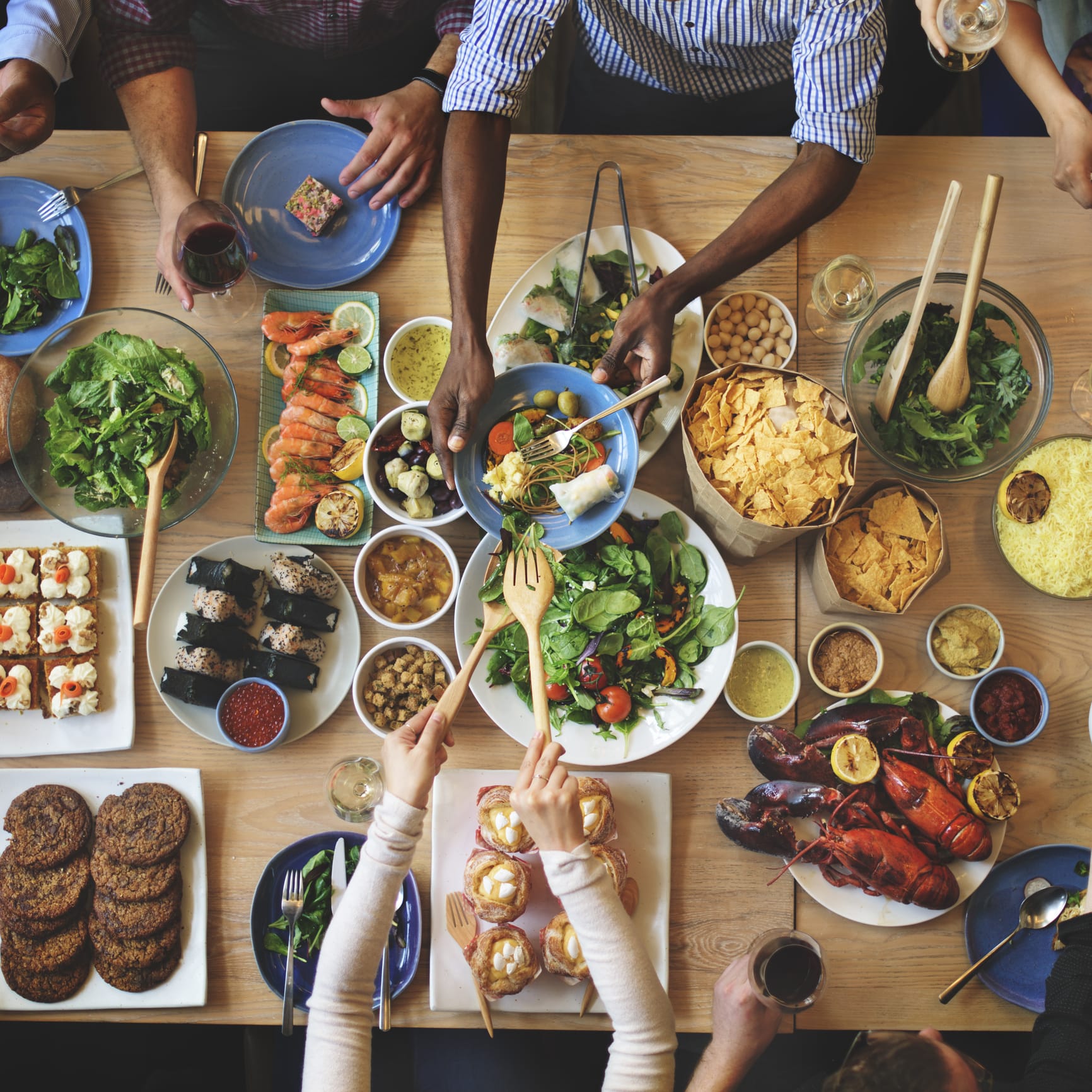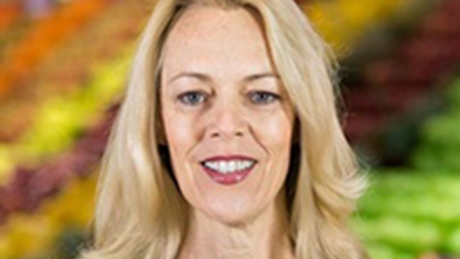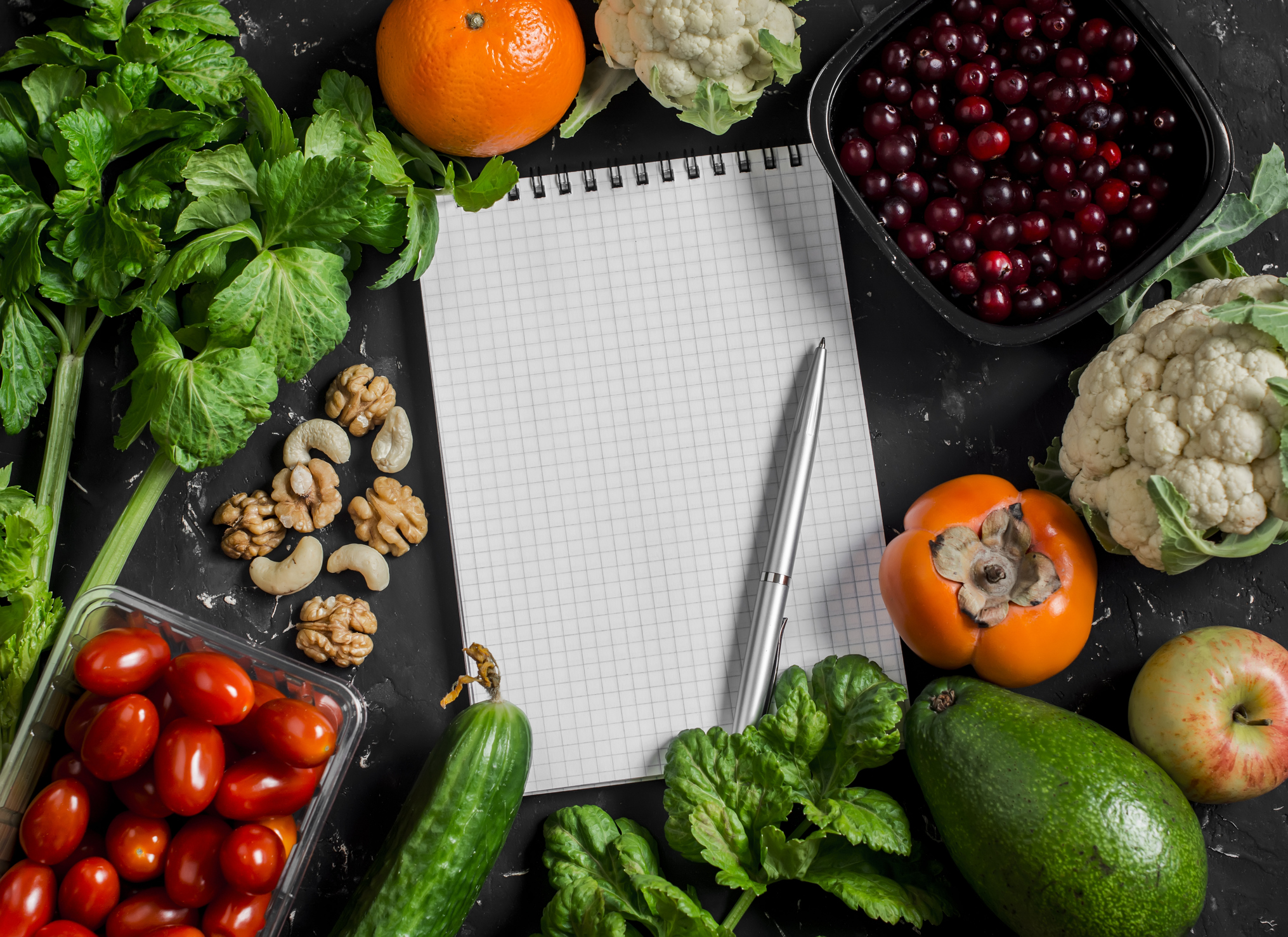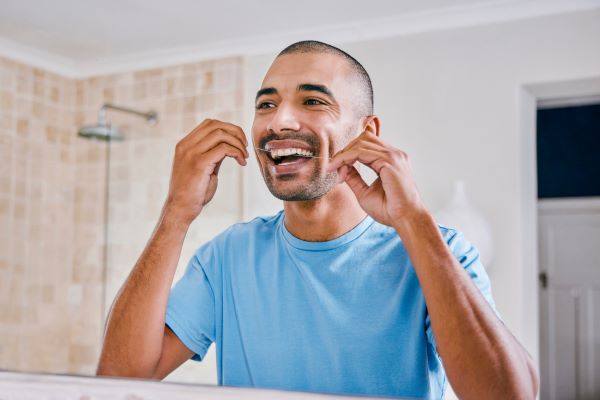-
Eating and drinking is enjoyable so what does it take to make you want to change that?
Well, carrying excess weight increases your risk of having high blood pressure, type 2 diabetes, a heart attack, stroke and some cancers, including throat, kidney and bowel cancer. Being overweight can also lead to snoring or sleep apnoea, where you stop breathing in your sleep, and increases your risk of gout and erectile dysfunction.
The good news is that dropping a few kilograms, just five to 10 per cent of your starting weight, can reduce the amount of some medications you need (or even eliminate some medications), improve health and drastically lower your risk of type 2 diabetes, while boosting your mood, wellbeing and sexual function.
More good news for men -- when it comes to shedding weight, men have a larger amount of muscle mass compared to women, which is a bit like having a couple of extra cylinders in your car engine. This means that resting energy expenditure, which is the amount of energy you burn up at rest and equivalent to the fuel a car burns in idle, is higher in men than women. It also means that total energy expenditure in men, equivalent to the total amount of fuel a car would use when driving around, is also higher. Men therefore have the potential to burn more energy (calories or kilojoules) during exercise compared to women.
Know your numbers
Men are less likely to know whether they are overweight, so grab a tape measure and measure your waist in centimetres. Men are also more likely than women to store excess fat around their gut. Having a lot of excess abdominal fat is an independent risk factor for health problems.
If your waist is ≥ 94 cm your health risk starts to increase. Once it is ≥ 102 cm your health risk becomes very high. For men with a smaller frame of South Asian, Chinese or Japanese descent the risk increases from a waist circumference of 90cm, while the threshold is higher for men with bigger frames, such as of Pacific Islander or African–American descent.
Know how many kilojoules you need a day to lose weight
Next, jump on the scales and weigh yourself. Put your numbers into this calculator and find your Total Energy Intake target that would keep you weight stable.
To lose half a kilogram a week the daily energy intake target is 2,000 kilojoules a day less than what you need for weight maintenance – enough to trigger gradual weight loss. Aim for a weight loss of 0.25 kg to 0.5 kg a week, which equates to six to 12 kilograms over six months.
Know how many kilojoules are in your food
Next, decide how you want to ‘spend those kilojoules’. Write down everything you eat and drink for a few days using a paper diary, like the one on our Healthy Weight Week website. Or try an app like Easy Diet Diary or My Fitness Pal to monitor your daily kilojoule intake or the online Calorie King program.
It really helps to know how many kilojoules are in the usual foods and drinks you like. For example, a banana contains about 400kJ, while a slice of banana bread can contain up to 2,500kJ (before you add any spreads to it).
Plus, people who are good at keeping track of kilojoules lose more weight initially and are also better at keeping it off in the long-term.
Know how long it takes to burn up kilojoules in exercise
Next, once you have a list of kilojoules in your favourite foods, plug them into this calculator and check how long it takes to burn up in a range of exercises or activities.
As an example, a large serve of fries contains more than 2,000kJ, which takes two hours of walking the dog, or 49 minutes of jogging, to burn up. Swapping to steamed potatoes or a smaller serve (replace the space on your plate with vegetables or salad) will save you kilojoules and time in the gym.
4 things men should know about weight loss

-
Sign up to our weekly newsletter and receive useful health tips and insights, expert advice, offers and promotions straight to your inbox. Receive the Eat Clean recipe book FREE with 20 recipes to get you started on your healthy eating journey.
The best advice is to develop a healthy eating regime that you like and can stick to. You can start with the Dietitians Association of Australia’s Fad-Free diet meal plan to kick-start your weight loss.
Once you have dropped 5-10% of your starting weight, switch to an eating pattern you can live with for good.
If you have a medical condition that means you need more specific advice, ask to be referred to an Accredited Practising Dietitian for a personalised plan.
-
Do you need an electric toothbrush?
Which toothbrush scrubs up best?
-
Dietitian, nutritionist or naturopath: What’s the difference?
Who should you see for professional dietary advice?
-
5 ways to eat healthy while travelling
Come home feeling refreshed, fit and energised.
-
How often should you get your teeth cleaned?
We spoke to Medibank Members’ Choice Advantage dentist Dr Jonathan Cichero to find out.
-
Daily habits for good oral health
Do you really need to floss? Is an electric toothbrush better than a manual one? Find out which habits to make (and which ones to break) for better oral health.
-
How to conquer your fear of the dentist
Dr Merrilyn Hooley's tips for a less stressful dental appointment.
Subscribe to receive the best from Live Better every week. Healthy recipes, exercise tips and activities, offers and promotions – everything to help you eat, move and feel better.
By clicking sign up I understand and agree to Medibank's privacy policy






